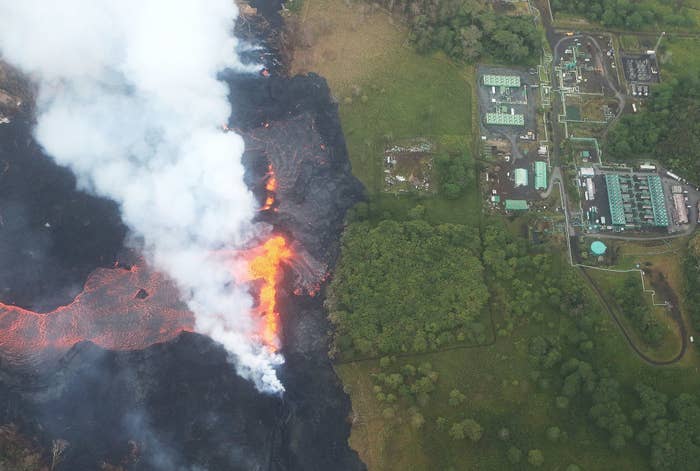
Lava from the erupting Kilauea volcano crept onto the property of Puna Geothermal Venture Monday, burning a small structure and heightening fears that the power plant could release clouds of toxic gas if it is compromised by the molten rock.
Lava is still actively erupting from fissures near the plant. Though flows are mostly moving south toward the ocean, officials said Tuesday the lava is also slowly moving north onto the plant's grounds and is as close as 656 feet away from the plant itself.
As of Tuesday morning, a pre-existing berm that is 11-feet high is halting much of the lava flow from moving toward the wells, according to US Geological Survey scientist Wendy Stovall.
"There was at least 11 feet for the lava to overtop the berm," Stovall said. She added that USGS scientists are monitoring the path of the flow with drones.
But officials said they are nevertheless preparing for the worst-case scenario: If lava inundates a well, they said, it could trigger a release of deadly hydrogen sulfide gas.
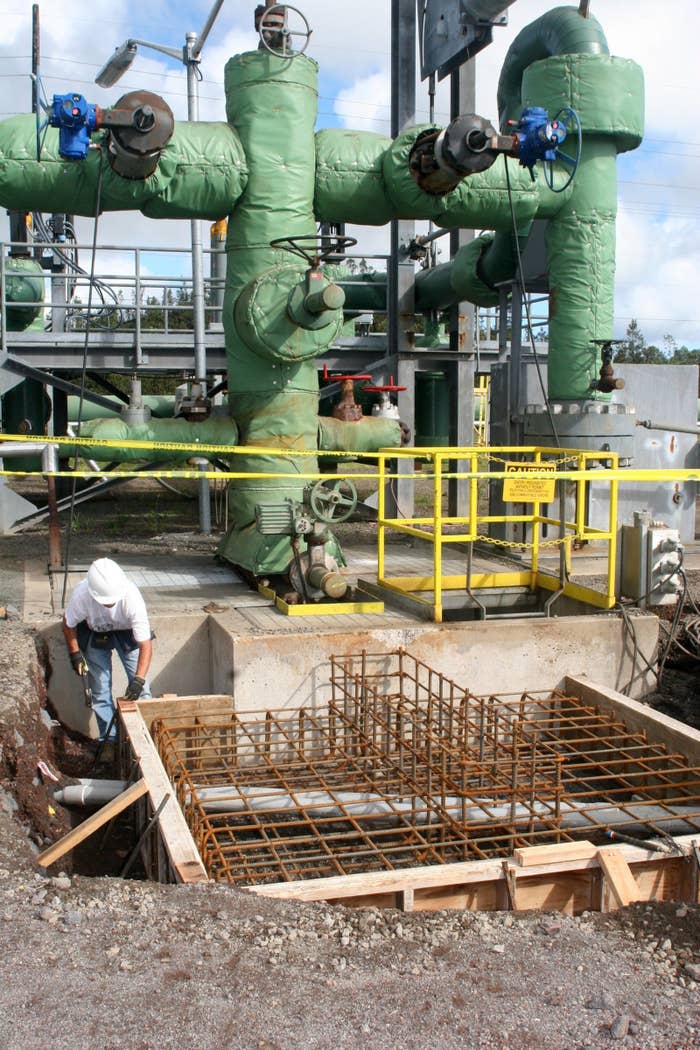
The plant was built along the lower East Rift Zone of Kilauea volcano. The site consists of 11 wells dug more than a mile into the earth. Fluid is pumped into these wells and the geothermal heat produces steam, which then heats vessels of pentane on the surface. As the pentane heats, it expands and causes turbines to turn, which produces electricity.
Puna Geothermal Venture is owned by Ormat in Nevada, which has built hundreds of renewable energy facilities all over the world and has been selling electricity to Hawaii's largest utility company since 1992.
The plant typically supplies about 25% of the electricity for its 85,000 customers on Hawaii's Big Island, a spokesperson for Hawaii Electric Light Company told BuzzFeed News, but added that the company has "sufficient power for the island needs at this time."
The plant has been a concern in the area since fissures broke the ground open starting on May 3 and began spewing lava into two residential neighborhoods, Leilani Estates and Lanipuna Gardens, which are located to the north of the geothermal venture.
The structure that burned down Monday was an experimental geothermal project site adjacent to the plant that was built by the state in the 1970s, according to county spokesperson Janet Snyder.
BuzzFeed News has reached out to Puna Geothermal Venture and Ormat, its parent company, but has not received a response.
Earlier this month, Hawaii Gov. David Ige tasked the state's new emergency management administrator, Thomas Travis — who took the position after the false missile alert led to the resignation of the previous administrator — with mitigating risks from the plant.
“We have leaned forward in preparing an evacuation plan if necessary,” Ige said at a press conference Tuesday. An evacuation, he added, could include as much as a 3-mile radius around the site.
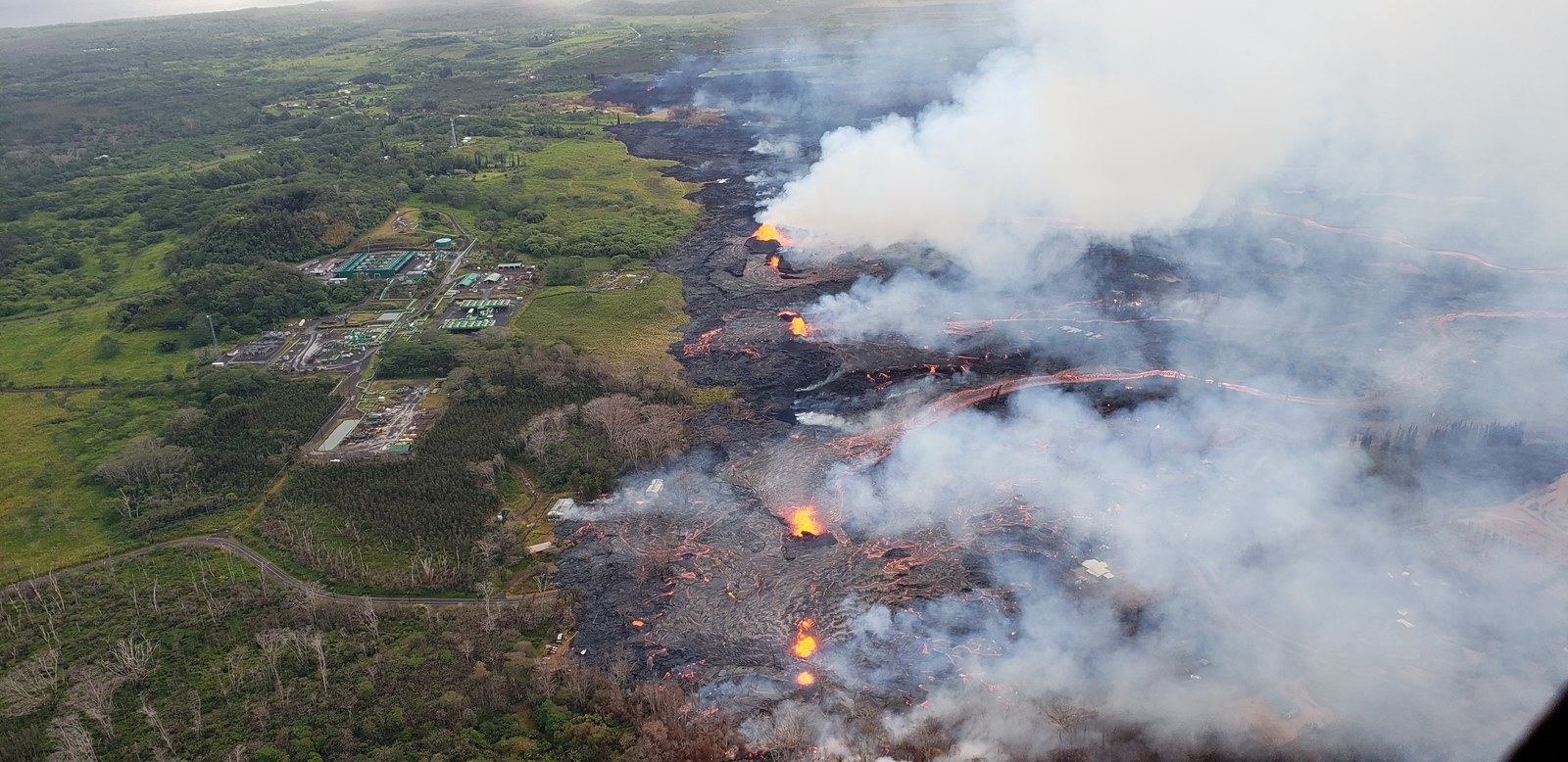
On May 10, Travis oversaw the removal of 60,000 gallons of highly flammable pentane from the venture. As the eruptions continued, however, lava has started moving faster, shooting up out of more than 20 fissures across the area and sending state officials scrambling to completely shut down the 11 wells located at the site.
By Monday, all but one of the wells had been successfully filled with water, Travis said. "We are currently pumping fluid to plug the last well," he said. "Once that step is taken we will be in a much more solid state for having lava overflow the site."
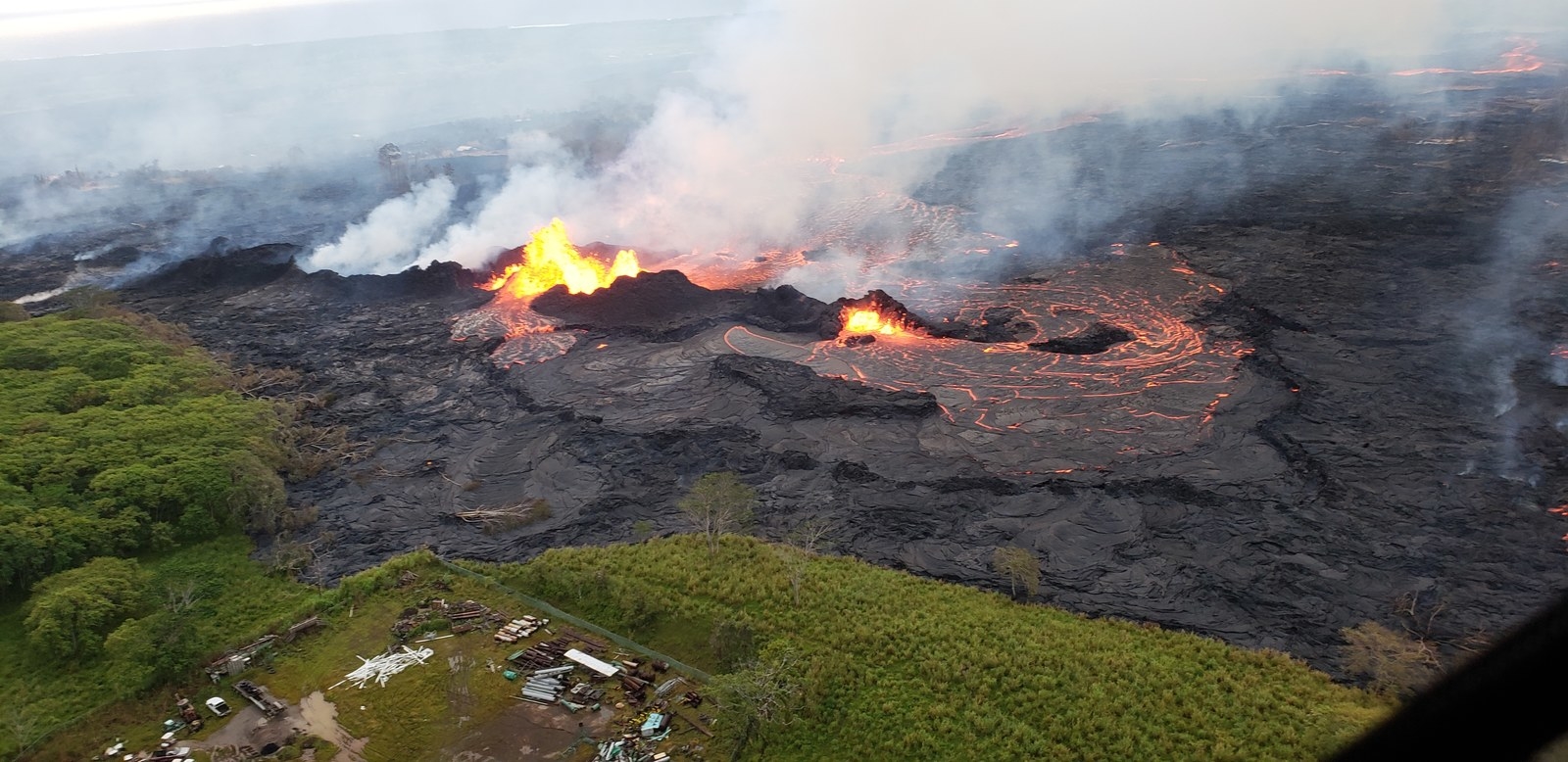
The wells were turned off in early May after the eruption began, but to completely close them down they must be filled with cold water and then physically capped, Travis said. Officials were waiting to receive metal plugs for the wells, he added, but expected to receive them early Tuesday.
"If you put tremendous heat on any metal, it changes how much pressure and stress that metal can hold," said Travis. "That’s why having lava flow across the well causes some uncertainties that have to be dealt with."
He also warned that a threat of a deadly gas release still remains.
"The critical factor would be hydrogen sulfide, a very deadly gas," Travis said.
"Lava is starting to intrude on the southern edge of the Puna Geothermal Venture site," Travis said. "It's not easy to predict where it's going to go and when it's going to get there."
Hawaii County Civil Defense Administrator Talmadge Magno said Monday that authorities were preparing for the possibility of a hydrogen sulfide release and were ready to evacuate the community if necessary.
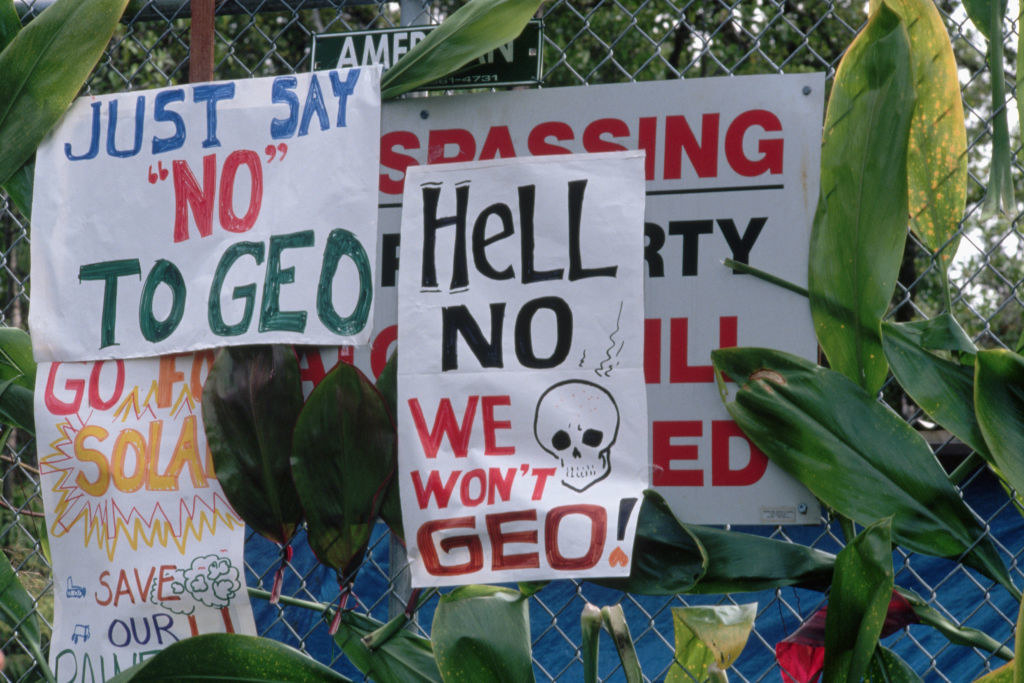
Travis noted that it would not be the first time hydrogen sulfide was released from the plant, referring to a 1991 incident when gas was released for 31 hours during the drilling of a well.
The release, which led to the evacuation of at least 75 residents, prompted new protests from local environmentalists and community members, many of whom have been critical of the plant since it first came online. The plant again released hydrogen sulfide into the air in 2014 after a pressure valve failed, leading to a $24,000 fine from Hawaii's Department of Health.
As the lava approached the plant this week, some people noted that Pele, the ancient Hawaiian goddess of volcanoes, was "cleaning house."
Pele "is cleansing and cleaning house – doing finally what so many have stood and fought to do over the years and still now," one person wrote on Instagram. "she is their shutdown. she is home and she is coming in."
